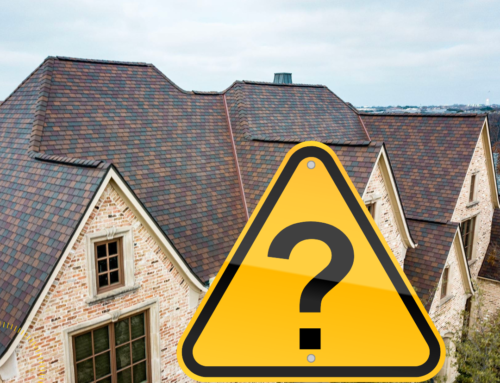Roof discoloration, more often than not, indicates that a roof is harboring issues. It may be a case of simple dirt accumulation, but it may also be a result of something more serious, such as rusting roof components. Storm damage restoration company, Dynasty Restoration Inc., discusses the different types of stain or discoloration that you may notice on your roof and what could they possibly mean.

Dark Black or Brown Shingle Stains
If you notice that your roof shingles are turning dark black or brown, it’s often caused by the following:
-
Black algae
-
Extractive bleeding of asphalt (also known as bleed-through)
-
Dirt accumulation
-
Soot accumulation
-
Organic debris
This type of stain or discoloration can be remedied by professional cleaning. However, it will be best if the root cause of the discoloration is identified.
Red or Brown Stains on the Roof
It is common for roofs to have metal components, such as flashing. Antenna mounts and chimneys may also be composed of metal. Over time, these metal parts may rust as a result of exposure to water, air and heat as well as storm damage that has been left unattended.
When metal components on the roof start to rust, the rust may bleed when washed down by rain and eventually stain the roof shingles.
Identifying the Cause of Roof Stains
It’s not enough that you have your roof cleaned to remove the stains. You should also make sure that you get a thorough roof inspection to identify what could be causing the discoloration. For instance, if the black stain is caused by extractive shingle bleeding, then it means that the shingles are defective. If your roof flashings are rusty, then it’s possible they’re no longer able to provide sufficient protection against water penetration.
If you notice that your roof or portions of it are stained or discolored, make sure you seek the professional assistance of a trusted roofing company. Storm damage company, Dynasty Restoration Inc., can inspect your roof and identify what’s causing the discoloration. Call us at (402) 205-2877, or submit our online form to schedule a consultation.





